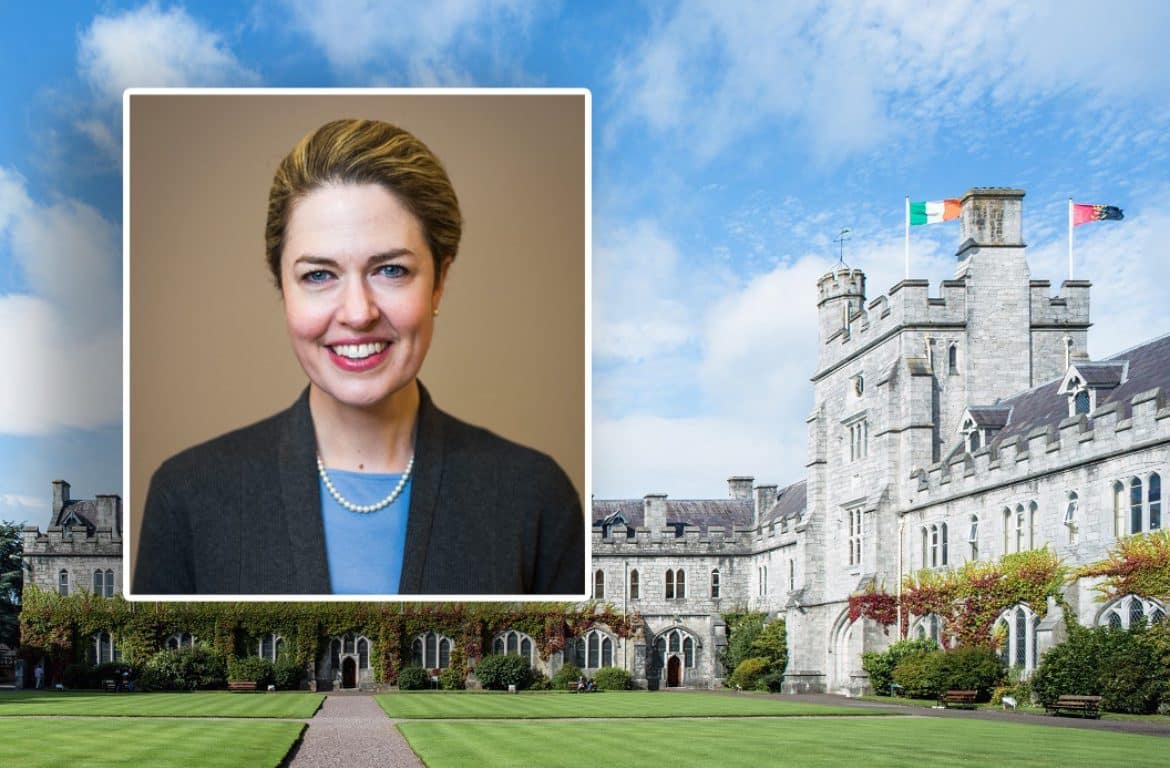
Voor Sara financiert derde onderzoek
Wij zijn heel trots te kunnen melden dat stichting Voor Sara een nieuw onderzoek naar Lama2-MD gaat financieren. Dit onderzoek is bedoeld om geschikte biomarkers te vinden voor deze spierziekte. Biomarkers zijn meetbare indicatoren om deze spierziekte beter te kunnen duiden. Het onderzoek wordt uitgevoerd door de Amerikaanse kinderarts Reghan Foley, een trouwe deelnemer aan onze conferenties en een uitmuntend expert op het gebied van zeldzame spierziekten. Foley: ,,Gezien de veelbelovende therapeutische benaderingen die momenteel in ontwikkeling zijn voor LAMA2-gerelateerde spierdystrofie willen we goede biomarkers identificeren en valideren. Deze biomarkers kunnen potentiële therapeutische verandering aantonen en dat is essentieel om de kans op succes van de toekomstige klinische onderzoeken te vergroten.’’
Het onderzoek wordt uitgevoerd in het universitair kinderziekenhuis van Cork, Ierland. Stichting Voor Sara draagt bij in samenwerking met Lama2 Europe en de Amerikaanse stichting CureCMD. Samen sterk!
Hierbij ook een iets uitgebreidere Engelstalige uitleg:
A. Reghan Foley, MD, MD(Res) is a Senior Research Physician in the Neuromuscular and Neurogenetic Disorders of Childhood Section, Neurogenetics Branch, NINDS, National Institutes of Health, Bethesda, Maryland, USA. She is currently a Fulbright Scholar, working with the University College Cork / Cork University Hospital’s Irish Centre for Maternal and Child Health Research (INFANT) (Cork, Ireland), where her research is focused on identifying and validating disease-relevant biomarkers from blood samples collected in children with COL6 and LAMA2-related congenital muscular dystrophies.
This research project, which LAMA2 Europe is supporting, bridges Dr. Foley’s clinical research experience in COL6 and LAMA2-related dystrophies with the University College Cork INFANT Centre’s expertise in miRNA and proteomics
biomarker research in large congenital cohorts as well as the INFANT Centre’s extensive cohort of control samples in infants and children.
Given promising therapeutic approaches currently in development for LAMA2-related dystrophy, identifying and validating LAMA2-related dystrophy biomarkers which may be capable of reflecting potential therapeutic change is essential and would increase the chance of success of upcoming clinical trials.